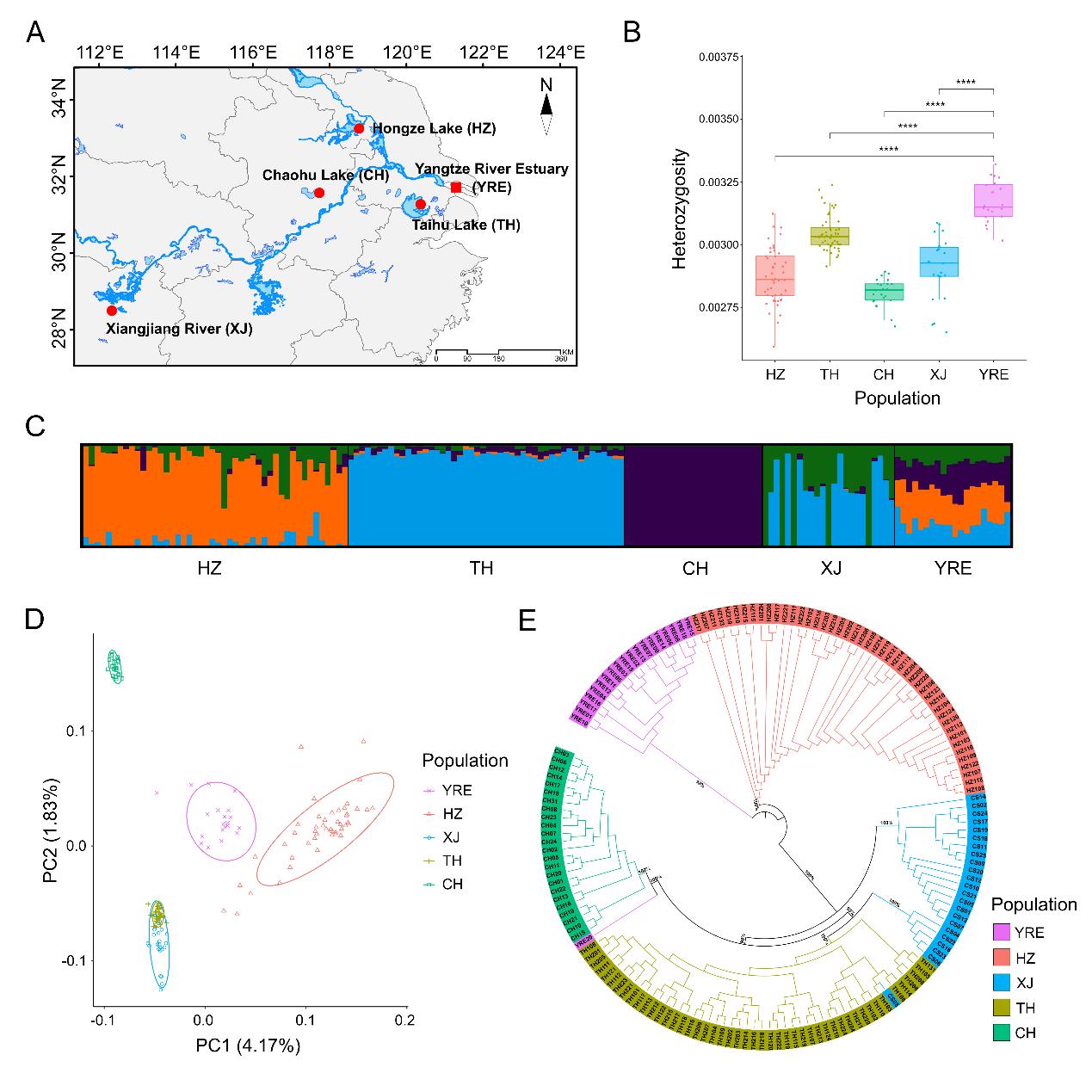
Unraveling the genetic mechanisms behind adaptive evolution stands as a pivotal challenge in molecular biology. While organisms often exhibit rapid phenotypic adjustments to environmental shifts, the underlying genomic processes remain poorly understood.
Fish transitioning from marine to freshwater habitats is a complex adaptive journey involving multiple polygenic traits. This parallel evolution of rapid freshwater adaptation, scientists note, provides an ideal model to dissect the genetic architecture governing phenotypic adjustments to novel environments.
In a recent study published in Molecular Biology and Evolution, a research team led by Prof. LIU Jinxian from the Institute of Oceanology of the Chinese Academy of Sciences (IOCAS), explored the genetic underpinnings of rapid freshwater adaptation in the Salangid icefish (Neosalanx brevirostris). Their work compared genomic variations between the species' ancestral anadromous population and derived freshwater-resident groups.
Key findings revealed that distinct freshwater-resident populations within the Yangtze River basin evolved independently from the Yangtze River Estuary population, forming a parallel system of freshwater adaptation. Further analysis confirmed that this rapid parallel adaptation is shaped by a complex polygenic architecture, with genome-level parallelism primarily driven by selection on standing genetic variants.
Notably, the ancestral estuary population displayed moderate frequencies of candidate adaptive genetic variations. This suggests the population had already undergone pre-adaptation to low-salinity conditions in the fluctuating estuarine environment—greatly accelerating the pace of parallel freshwater adaptation.
During this adaptive process, the researchers observed significant shifts in allele frequencies among adaptive single-nucleotide polymorphisms (SNPs). A large proportion of freshwater-favored alleles became either fixed or nearly fixed, with functional links to osmoregulation, immunoregulation, locomotion, and metabolism.
"This aligns with the polygenic architecture underlying adaptive divergence between the two ecotypes, which involves complex physiological and behavioral traits," said Dr. LI Yulong, one of the first authors of this study.
This study underscores the critical role of standing genetic variation in driving adaptive evolution amid environmental changes, offering new insights for probing the molecular mechanisms behind rapid adaptive shifts in complex biological traits.

Sampling map, genetic diversity, and population genetic structure of Neosalanx brevirostris populations. (Image by IOCAS)

86-10-68597521 (day)
86-10-68597289 (night)

52 Sanlihe Rd., Xicheng District,
Beijing, China (100864)

